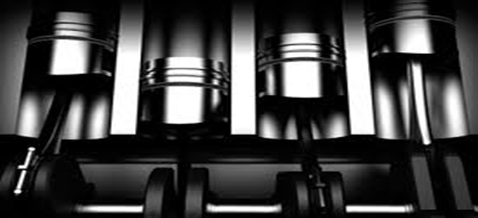←
Automobile Engineering
Crank Case
Introduction:
Introduction:
An intrinsic component of an internal combustion engine, the crankcase is a drilled metal frame that houses several parts, notably the crankshaft. Its main universal function is to shield the crankshaft and the connecting rods from debris.
Crankcase in different engines:
- In simple two-stroke engines, the crankcase serves several roles, and is used as the pressurization chamber for the fuel-air mixture.
- In more complex four-stroke designs, it is sealed off from this mixture by the pistons, and instead works mainly to store and circulate oil.
- In a four-stroke engine, it sits below the cylinder block, and in both types comprises the largest physical cavity of the motor.

Fig: Positive crankcase ventilation system
- The crankcase supports the cylinders and the crankshaft is an important structure in the I.C. Engine.
- The size of a crankcase is sufficiently large as it accommodates the revolving crankshaft with the connecting rod.
- Various accessories is sufficiently large as it accommodates the revolving crankshaft with the connecting rod.
- The crankcase not only gives support to the engine parts and engine mountings, but also withstands the loads caused by piston thrust, gas pressure, primary and secondary forces and couples, etc.
- Therefore the crankcase must be strong to withstand these loads and pressures.